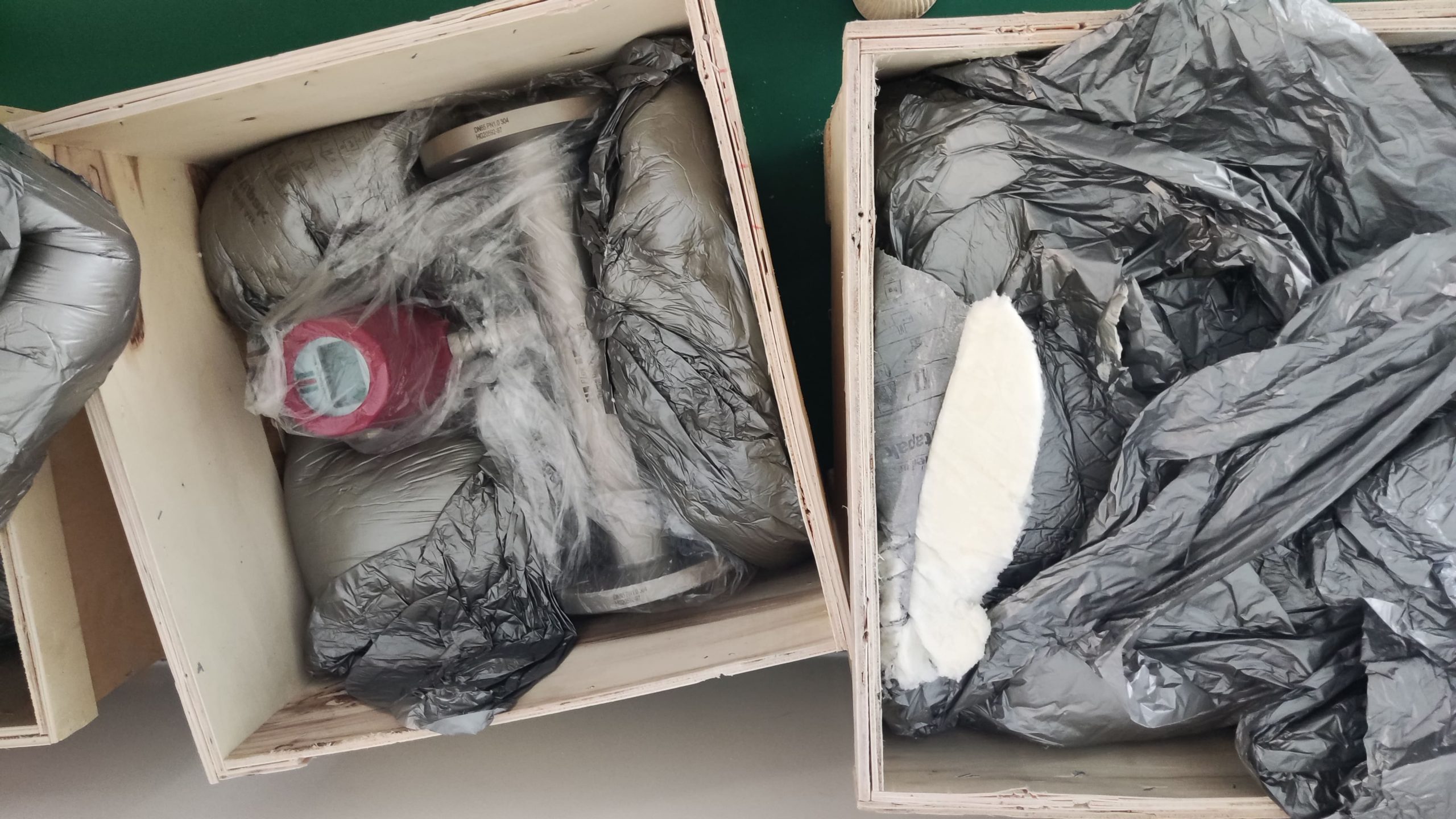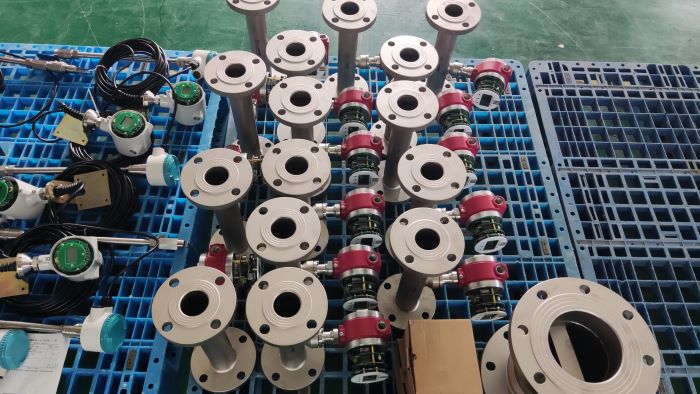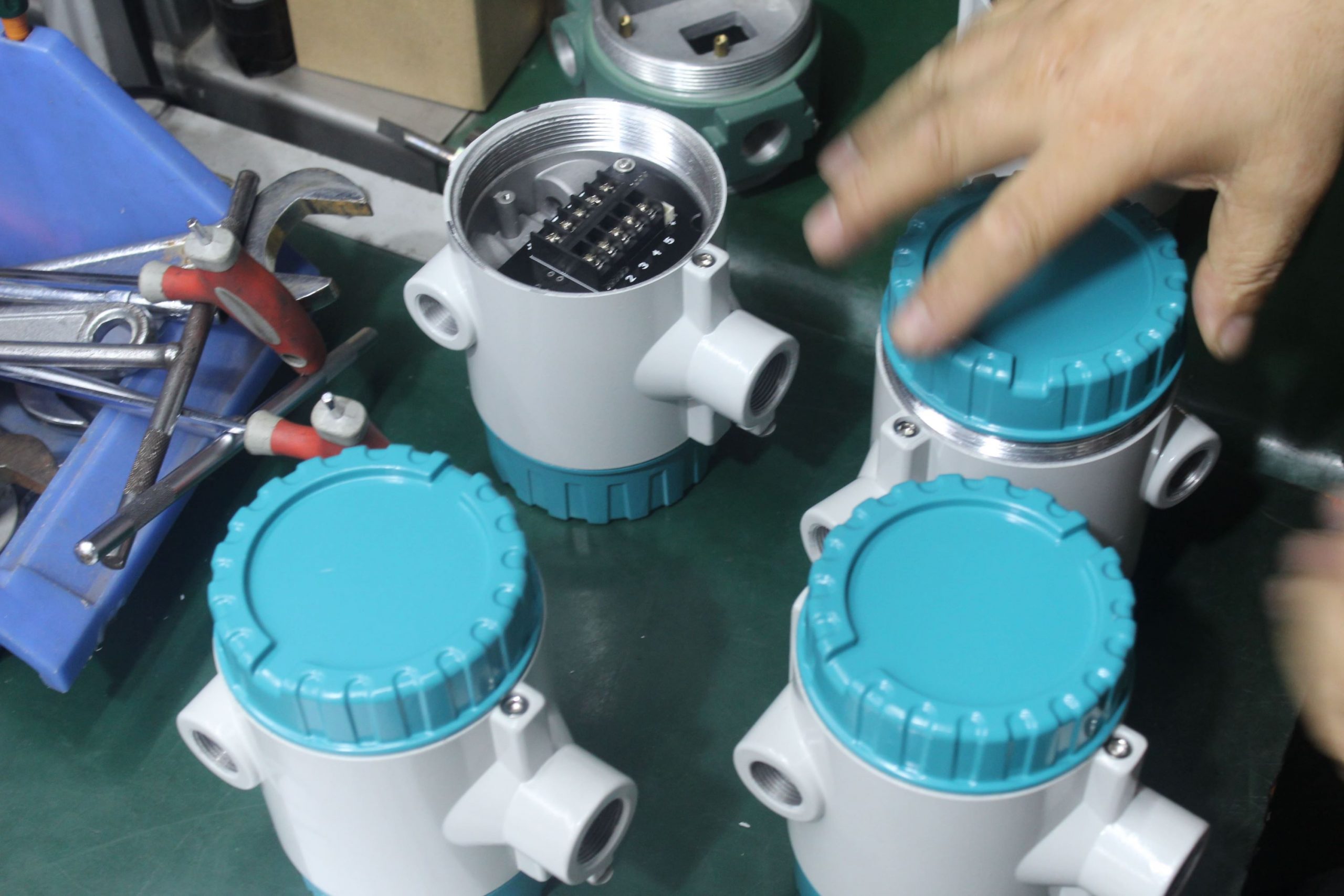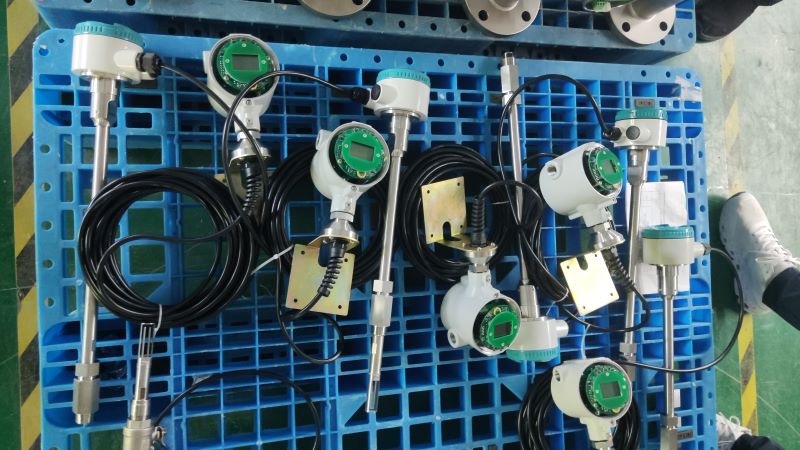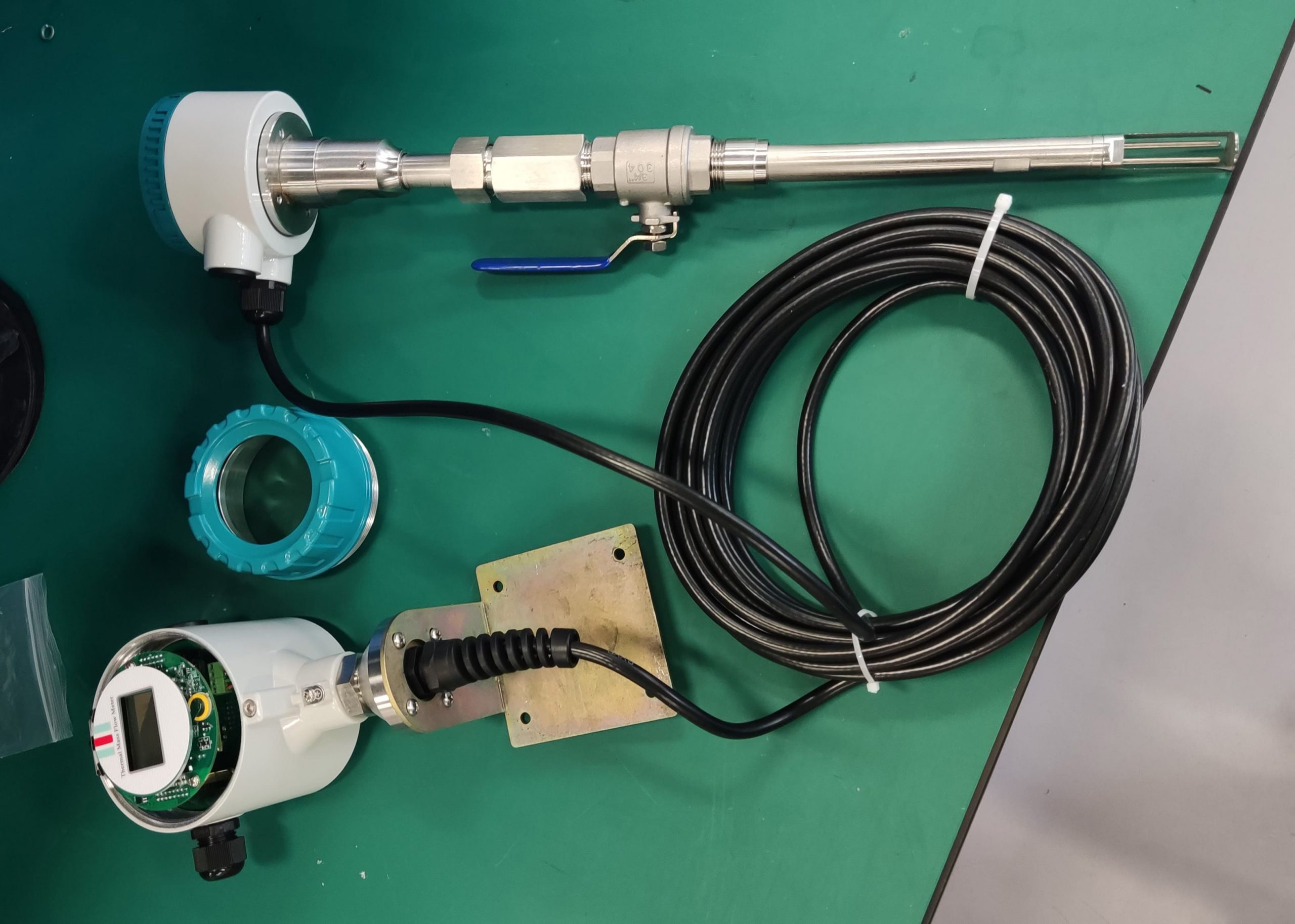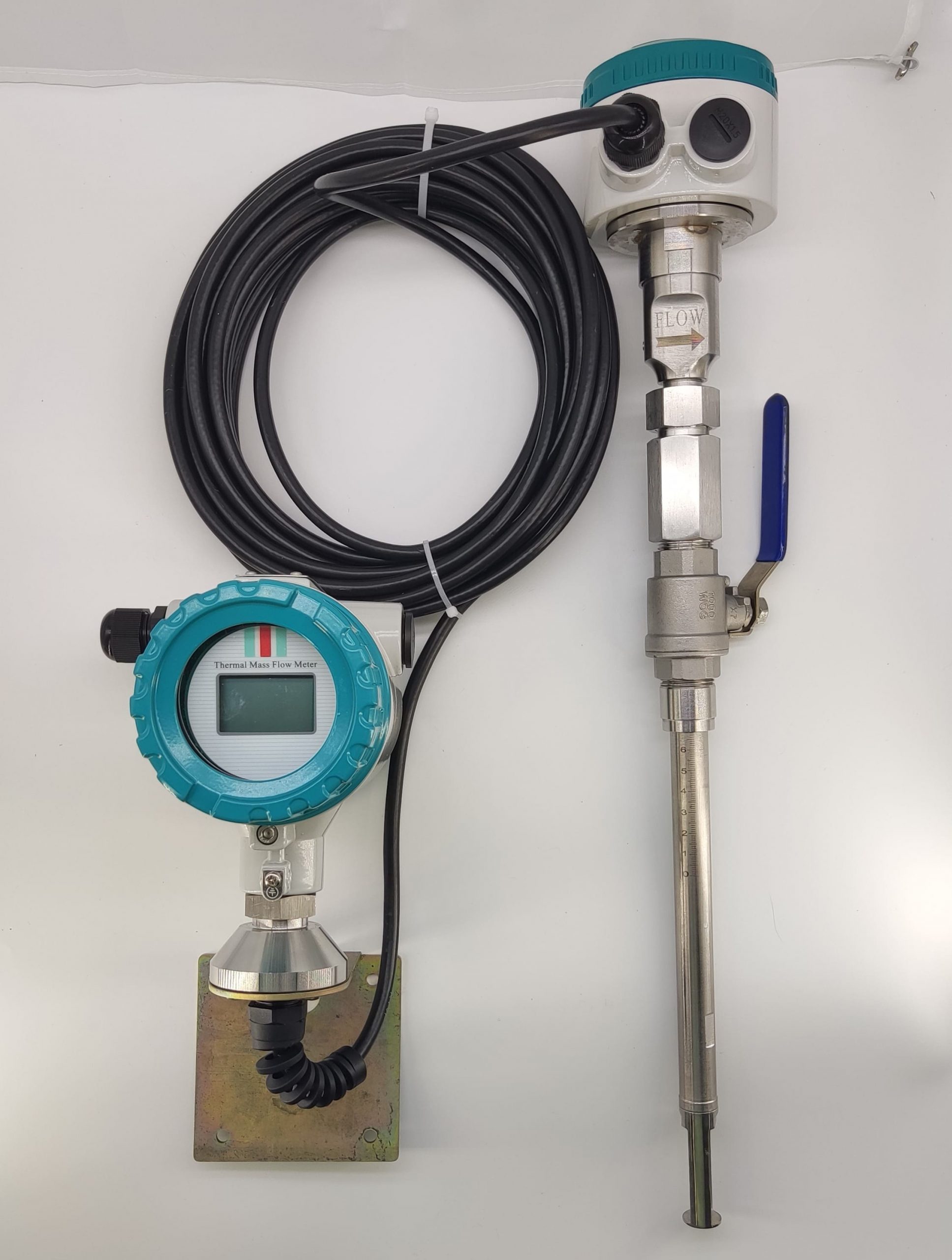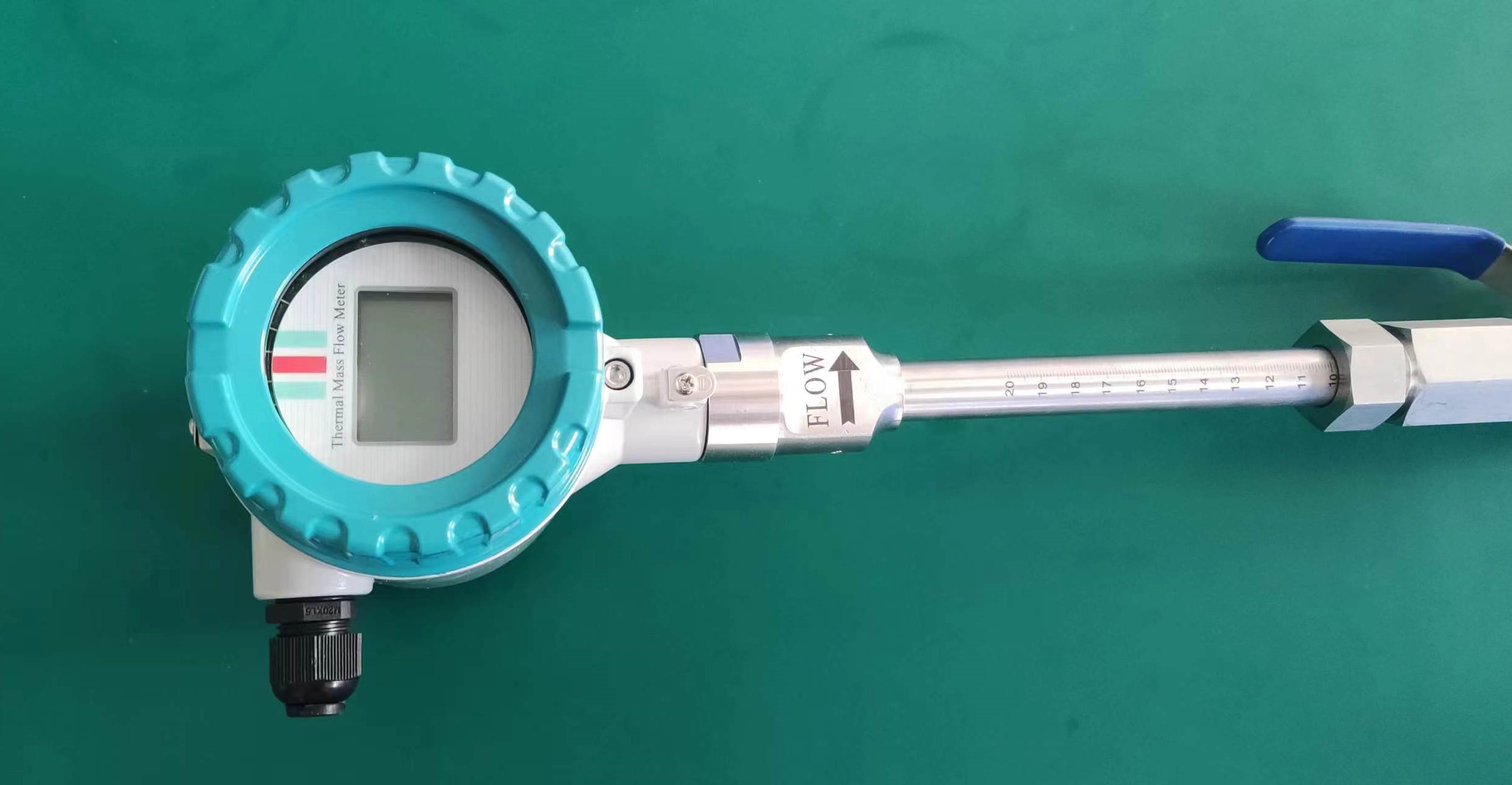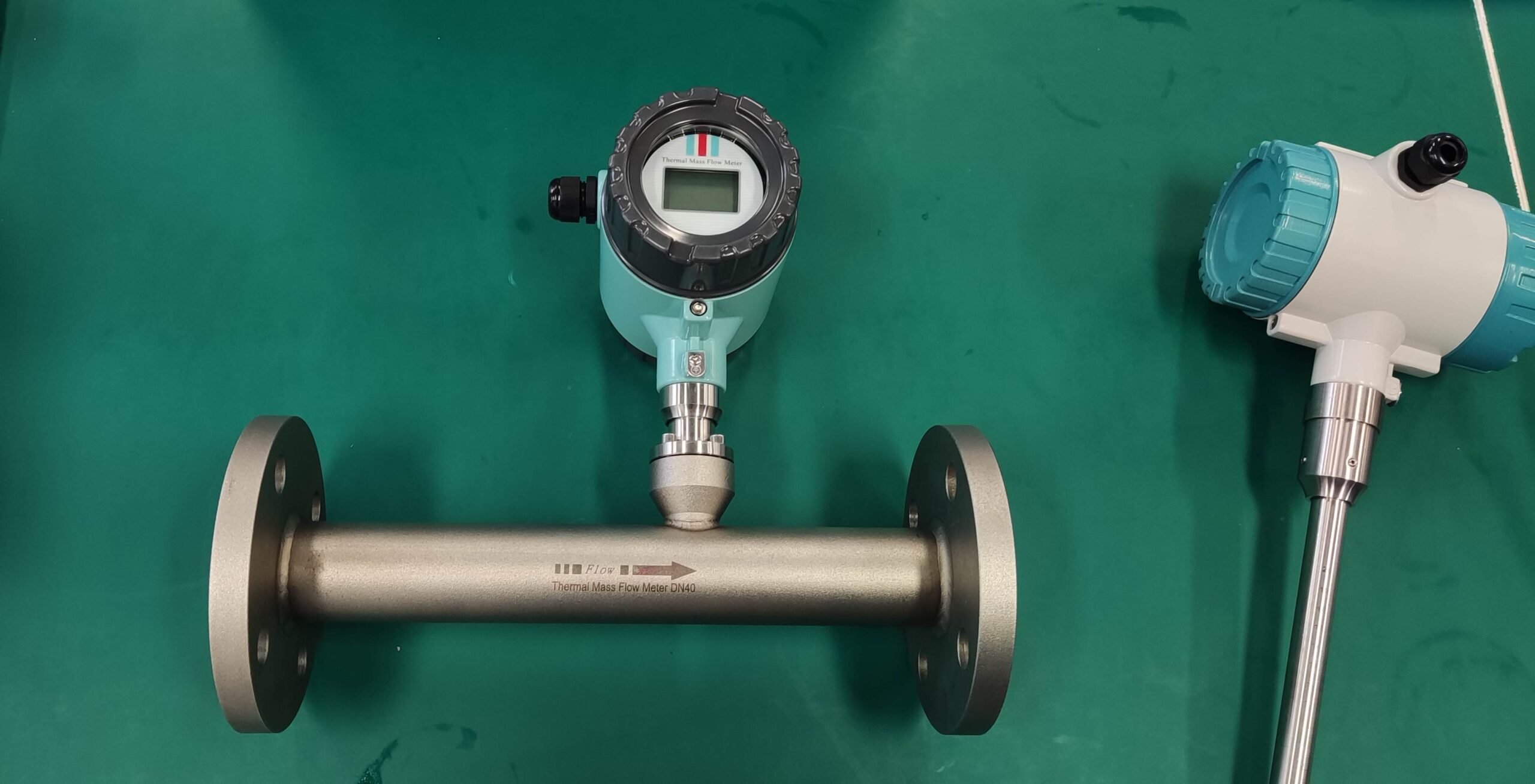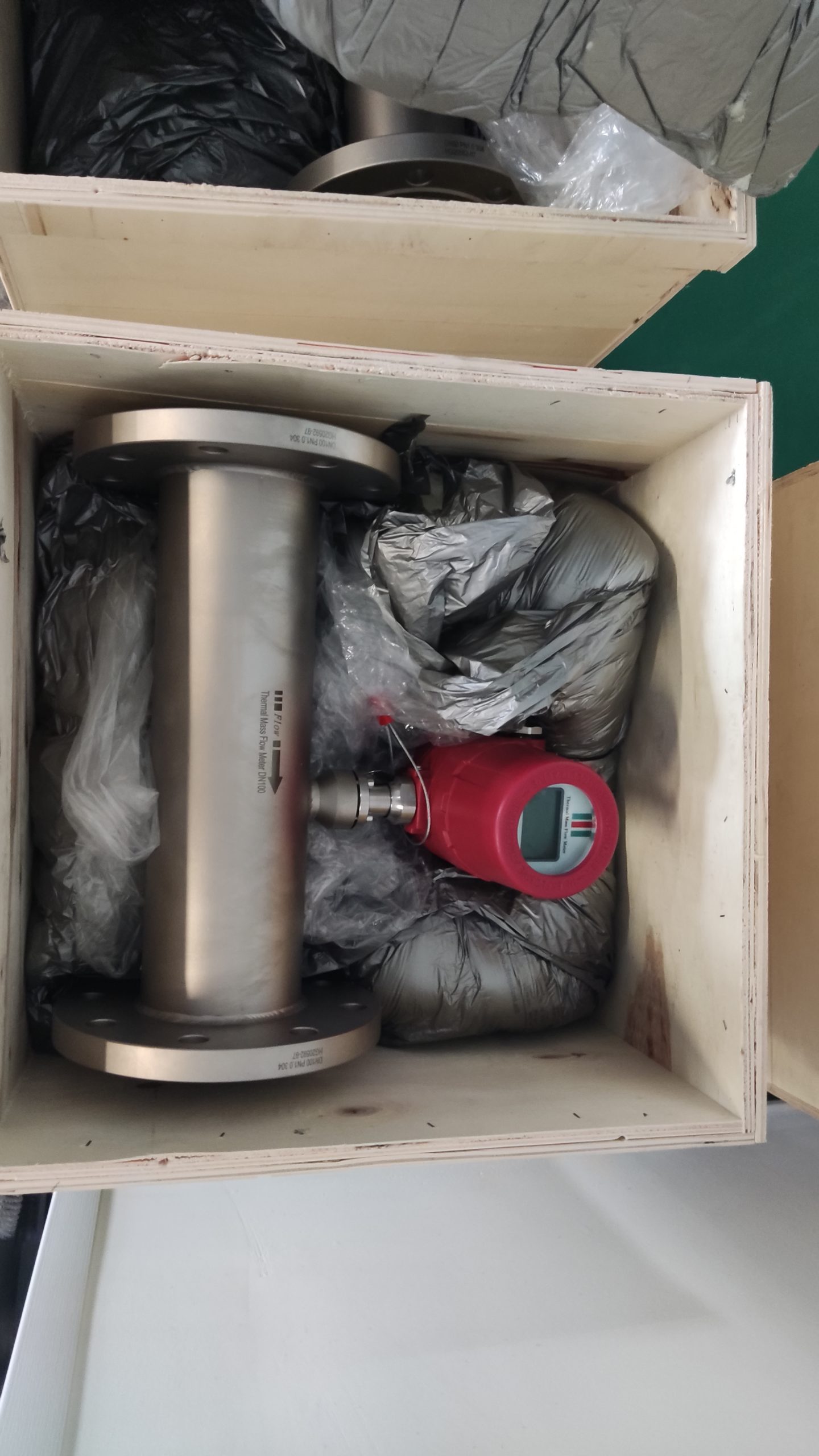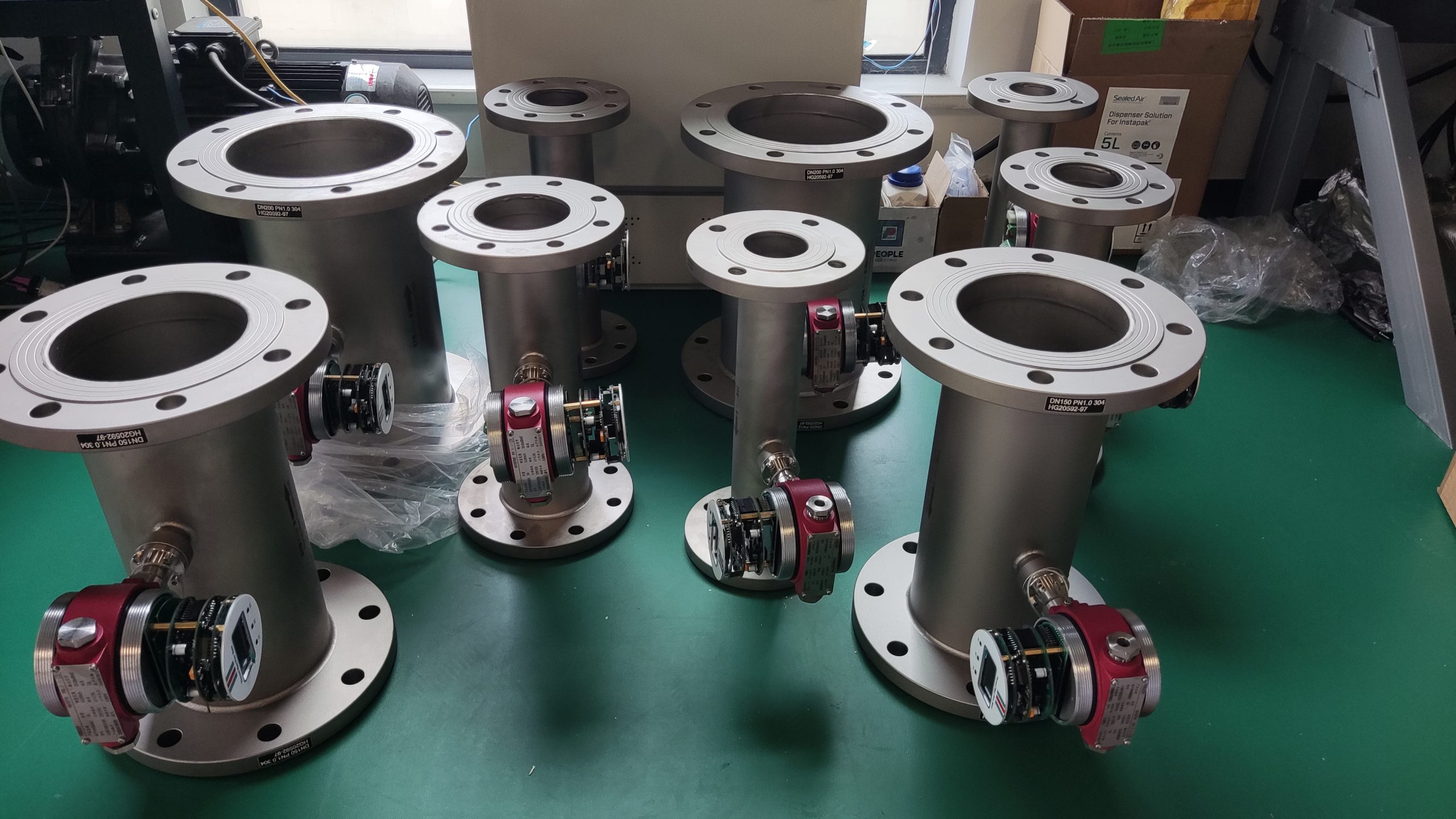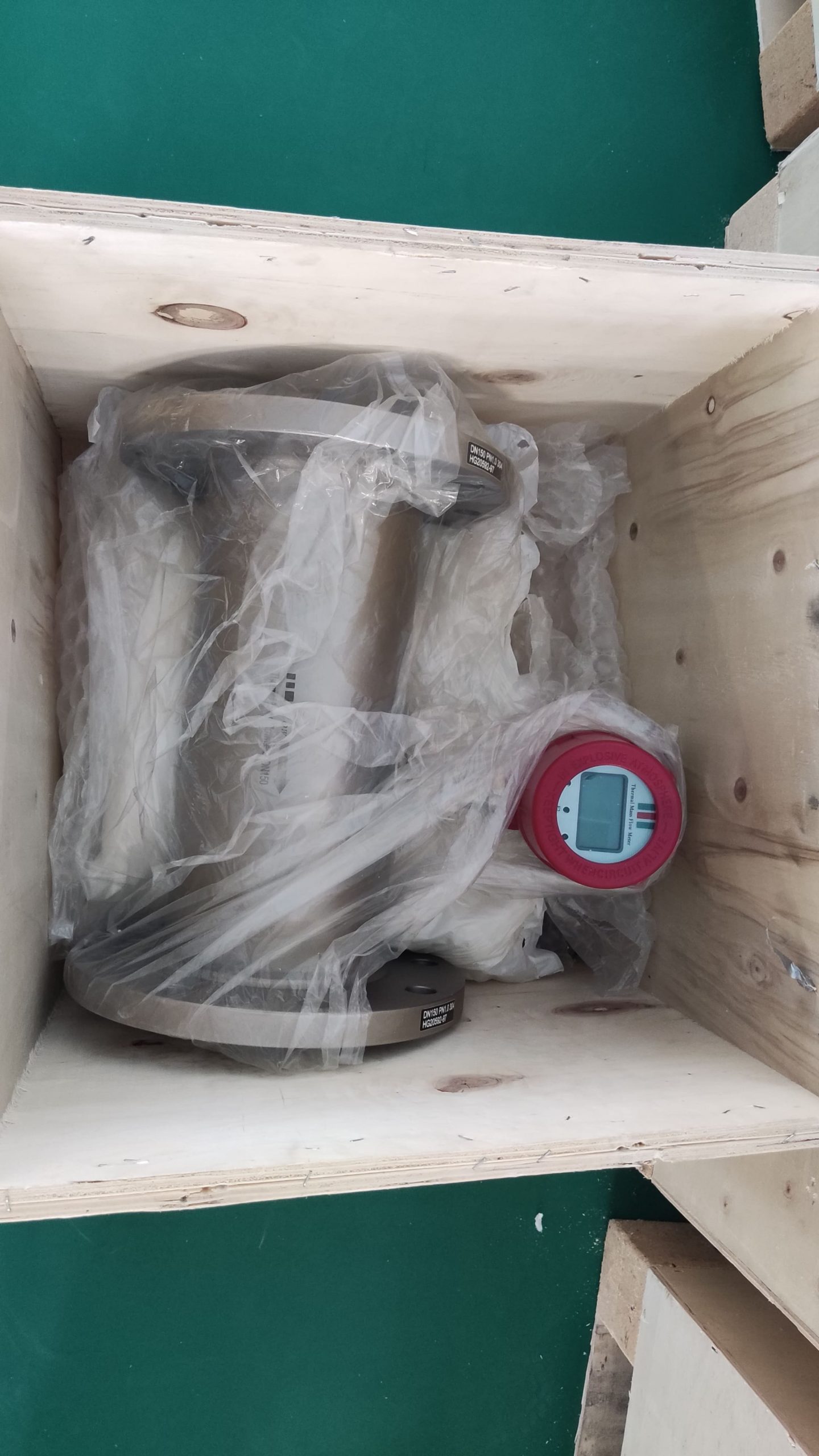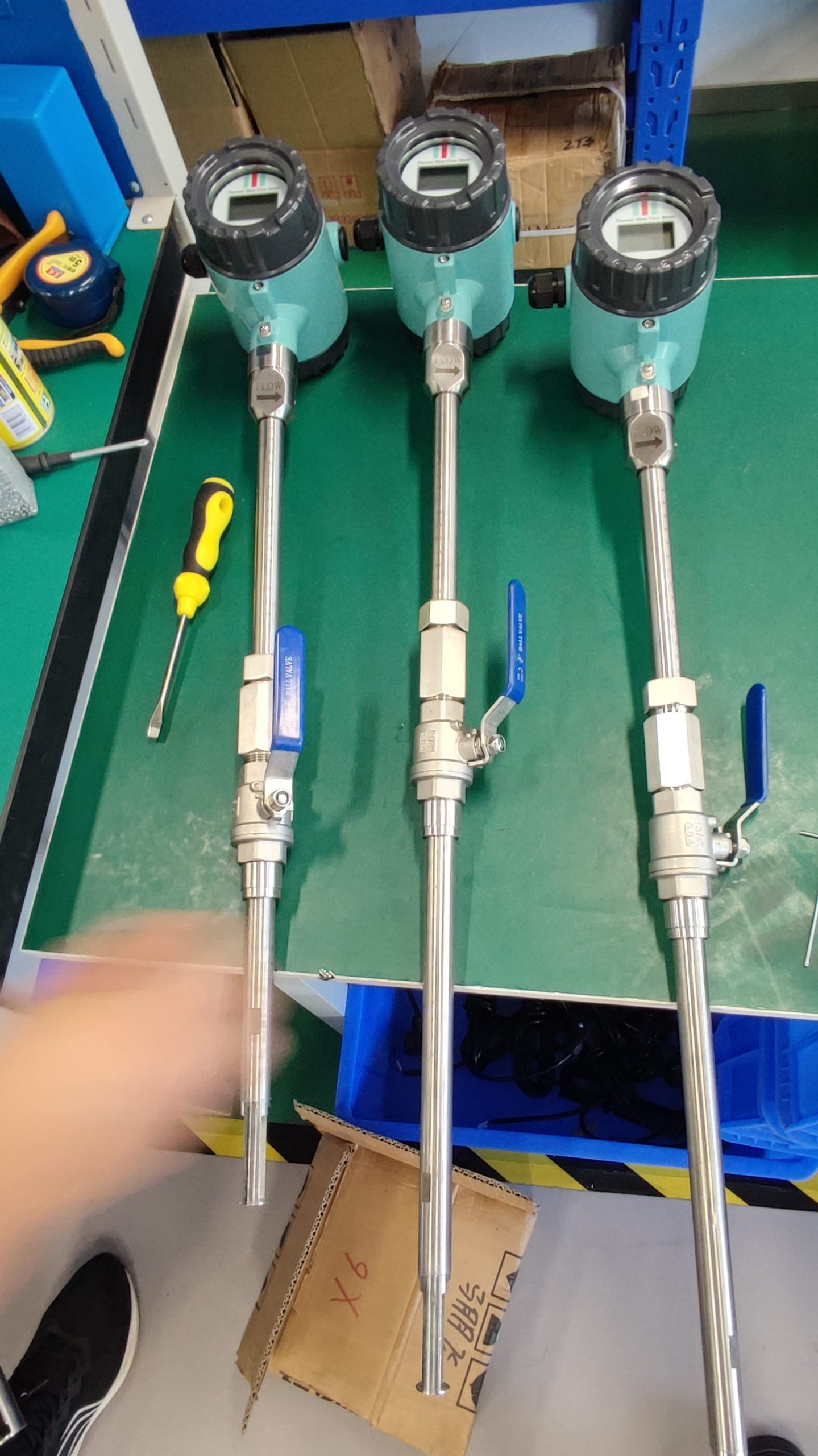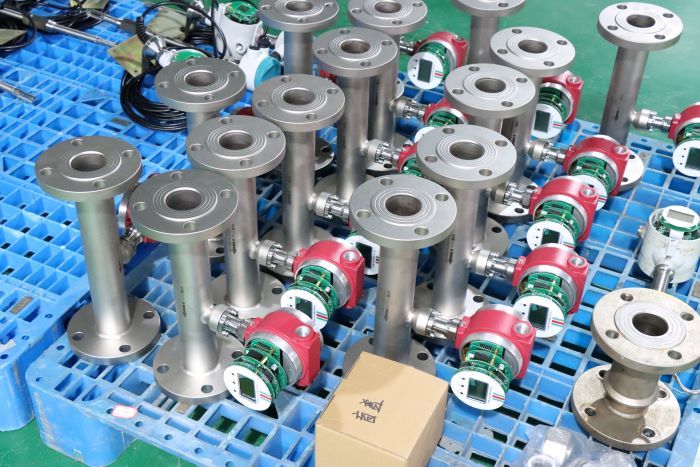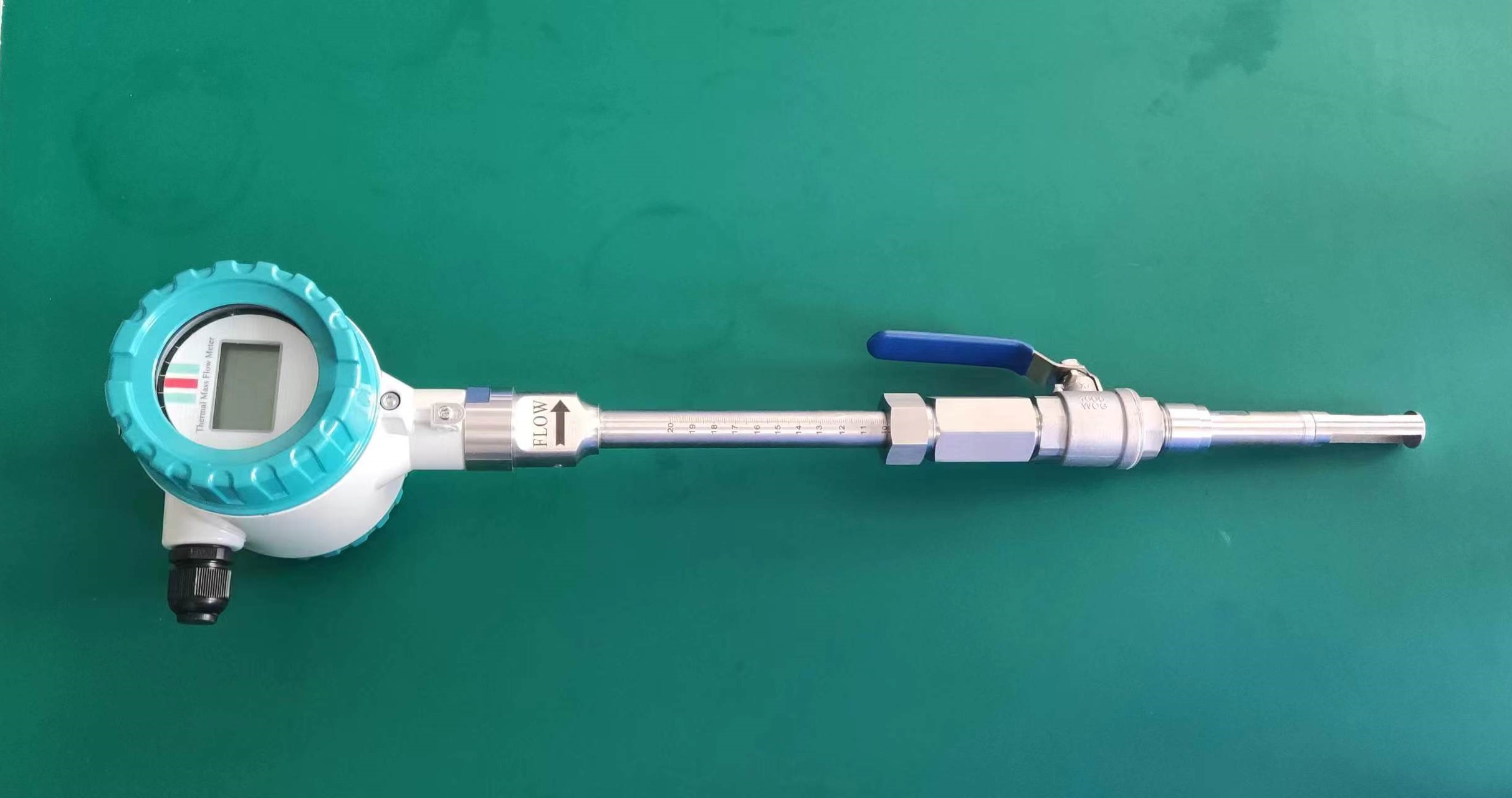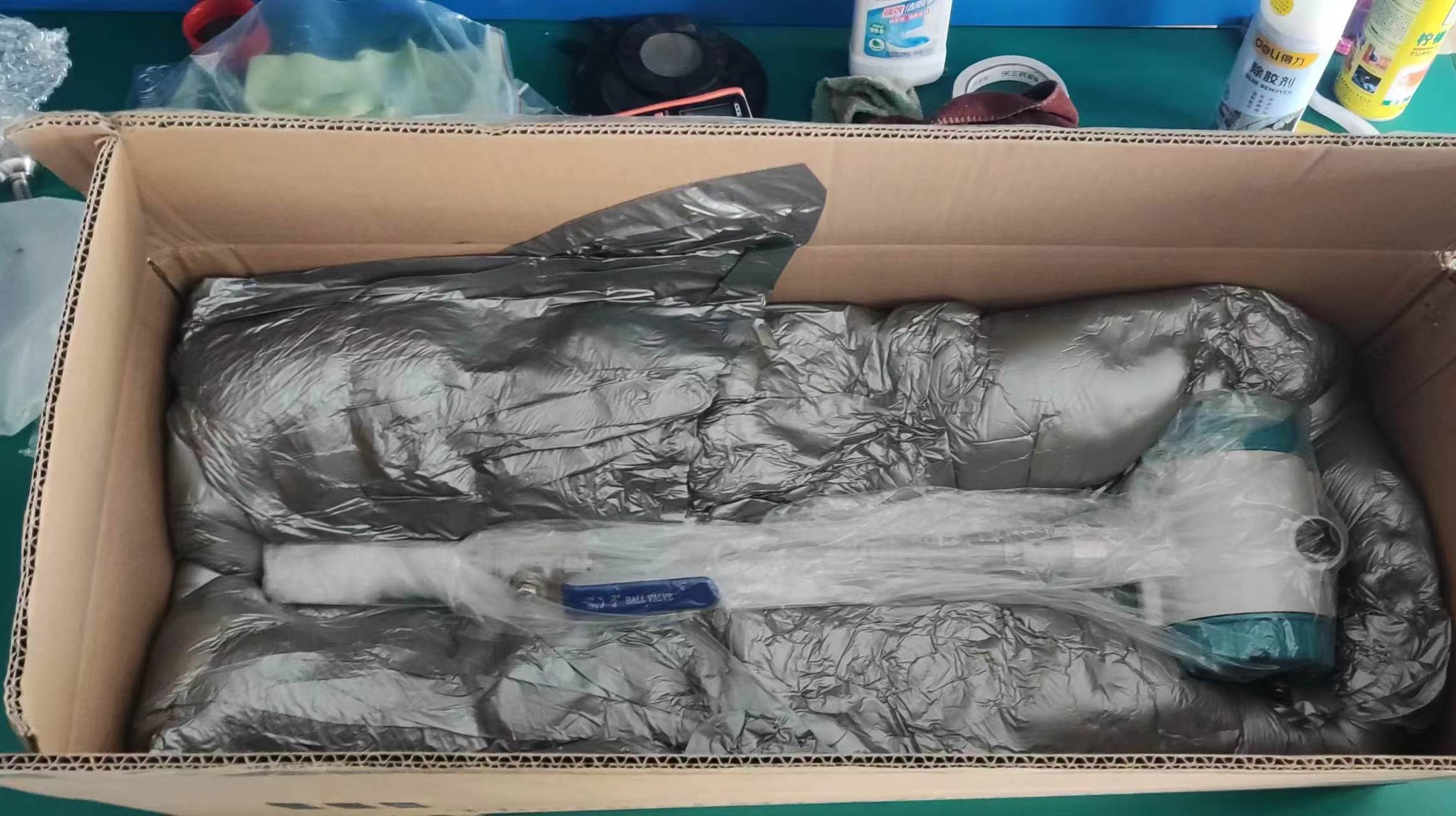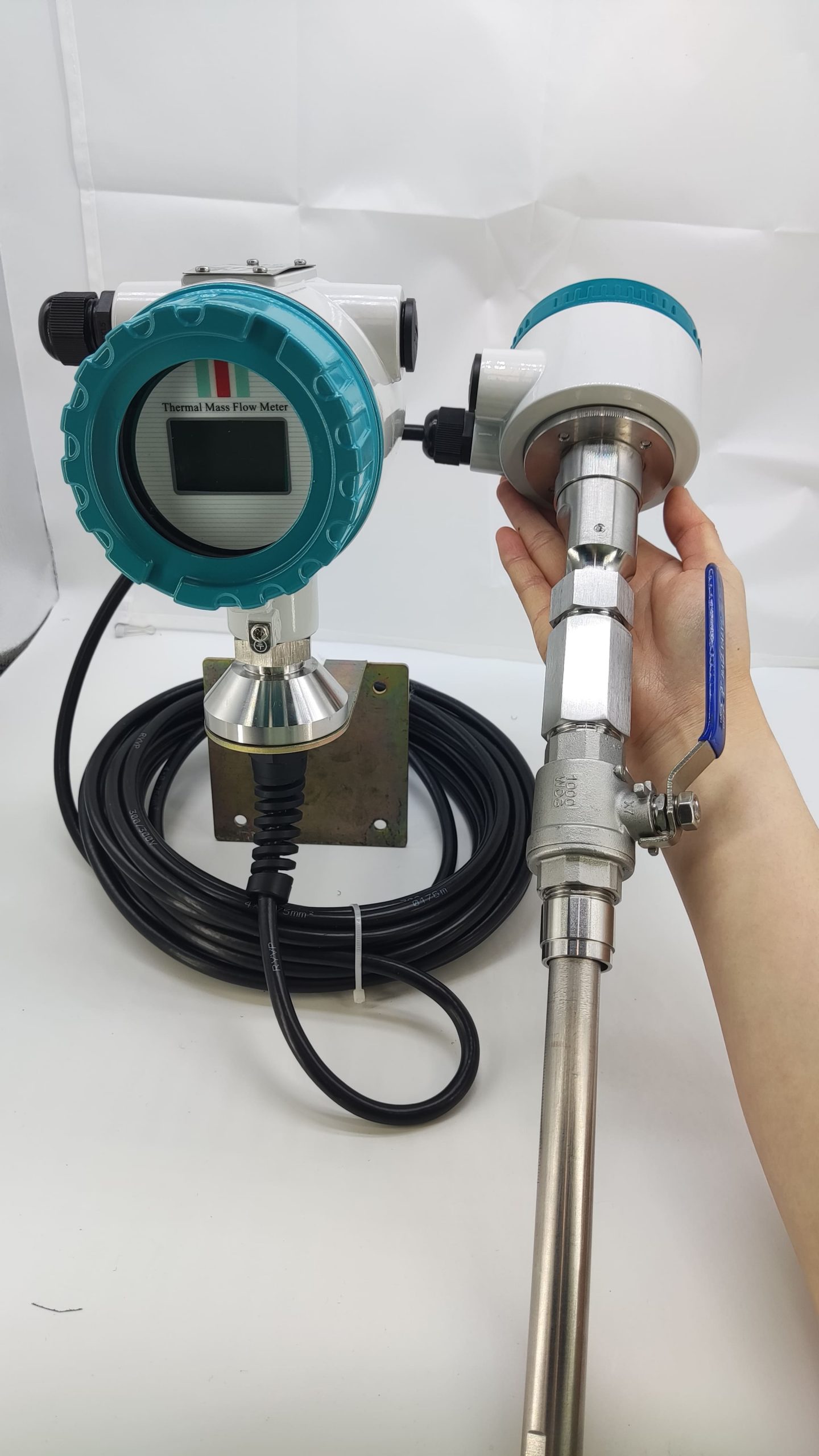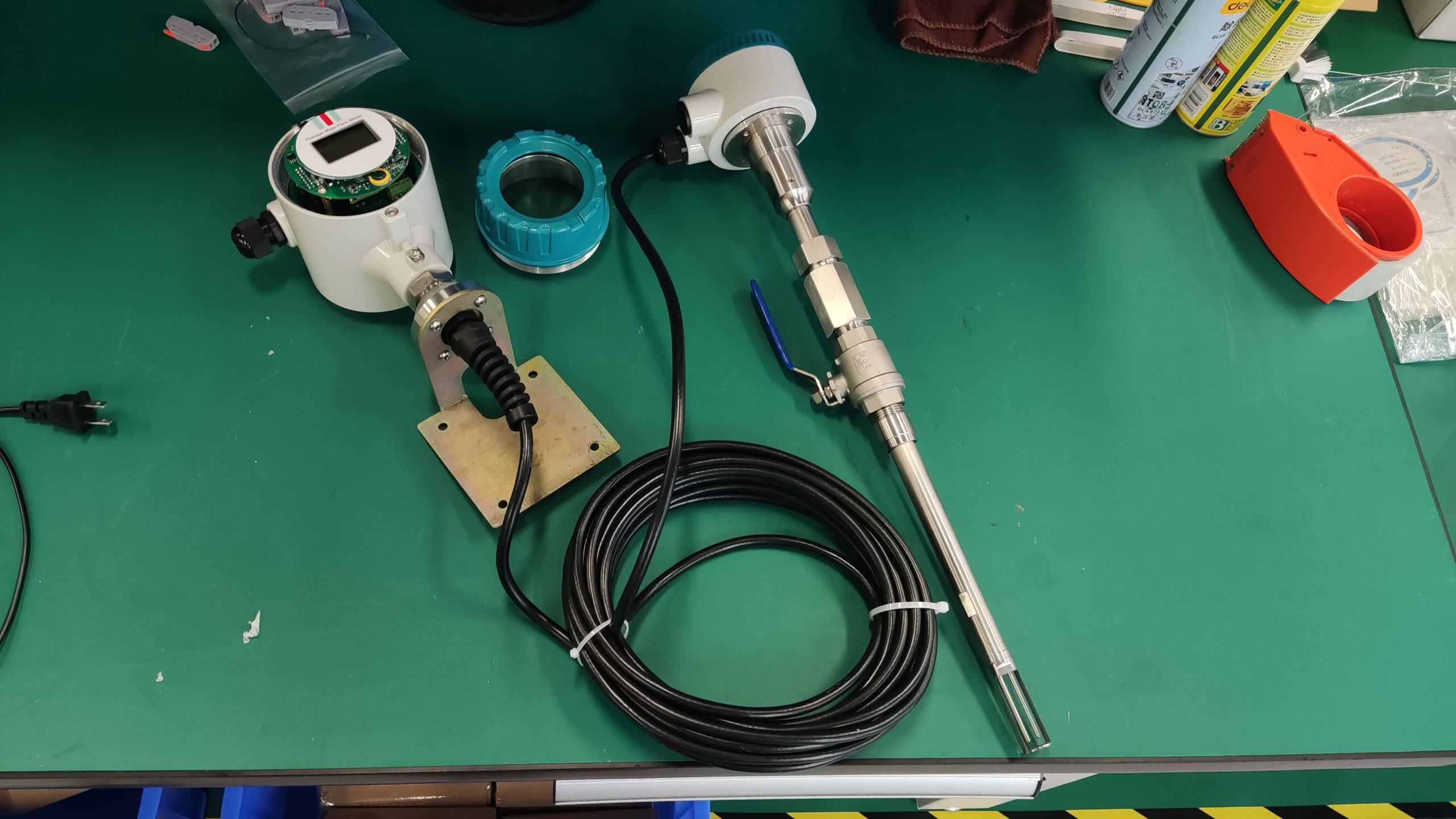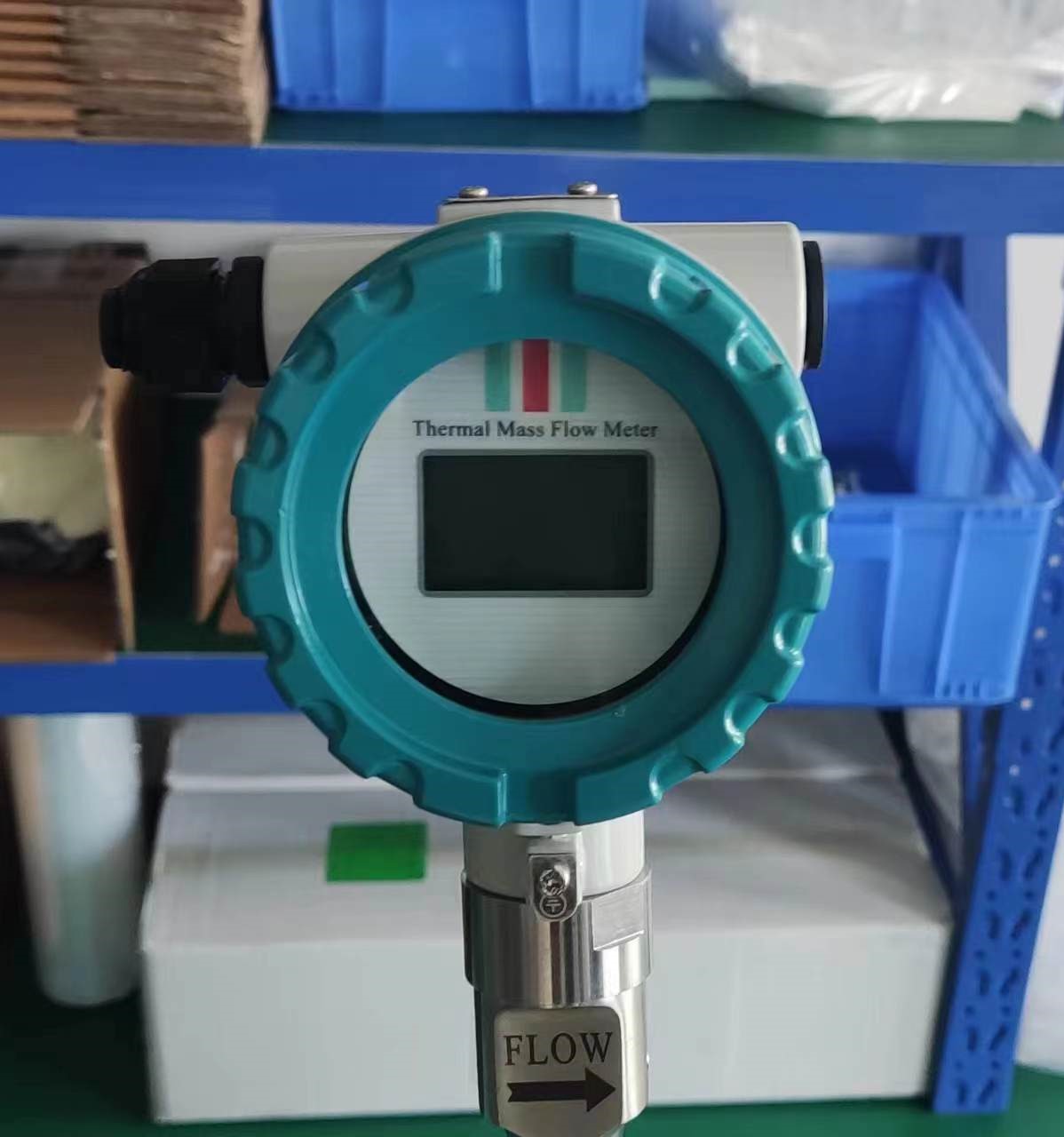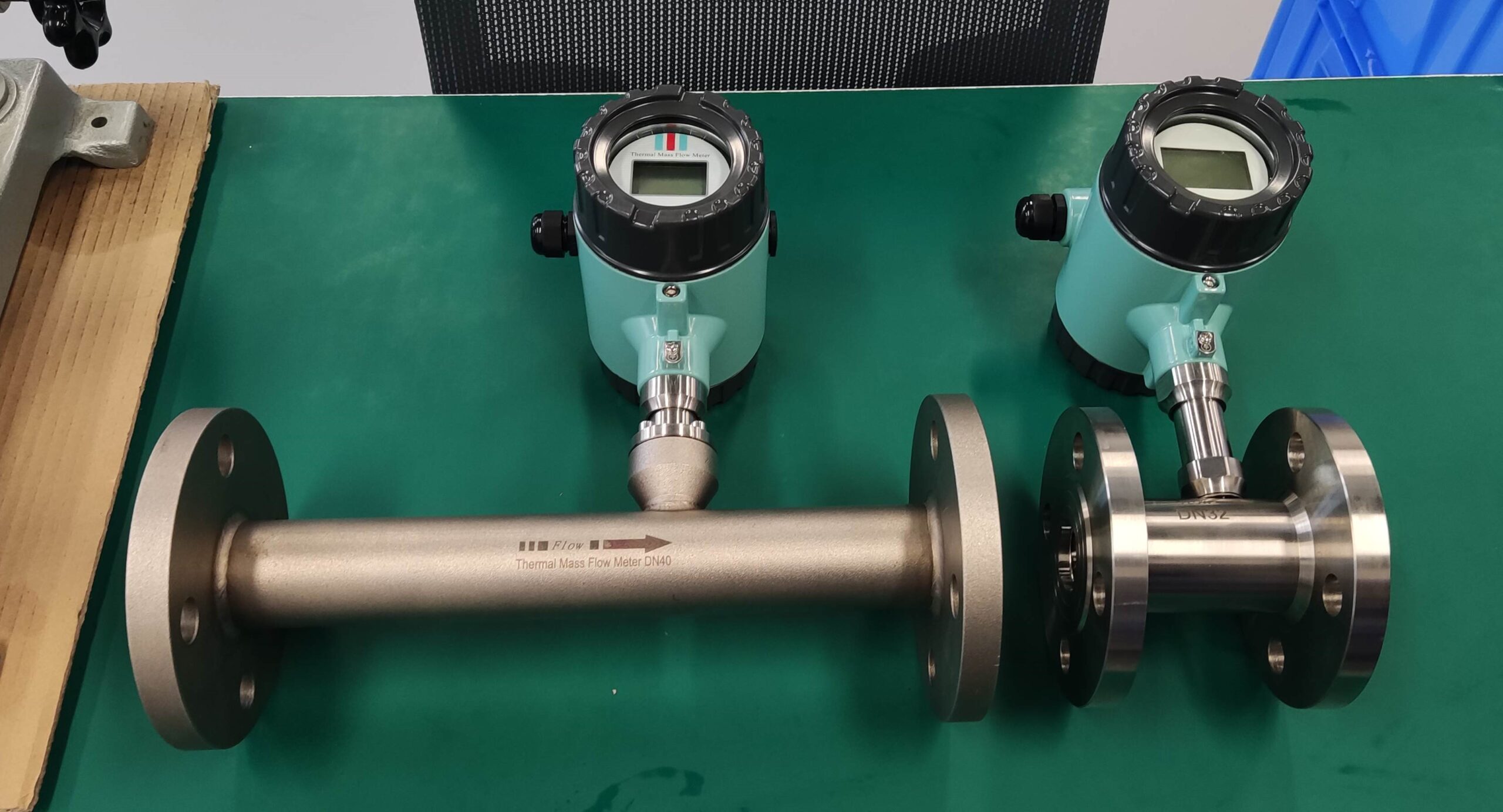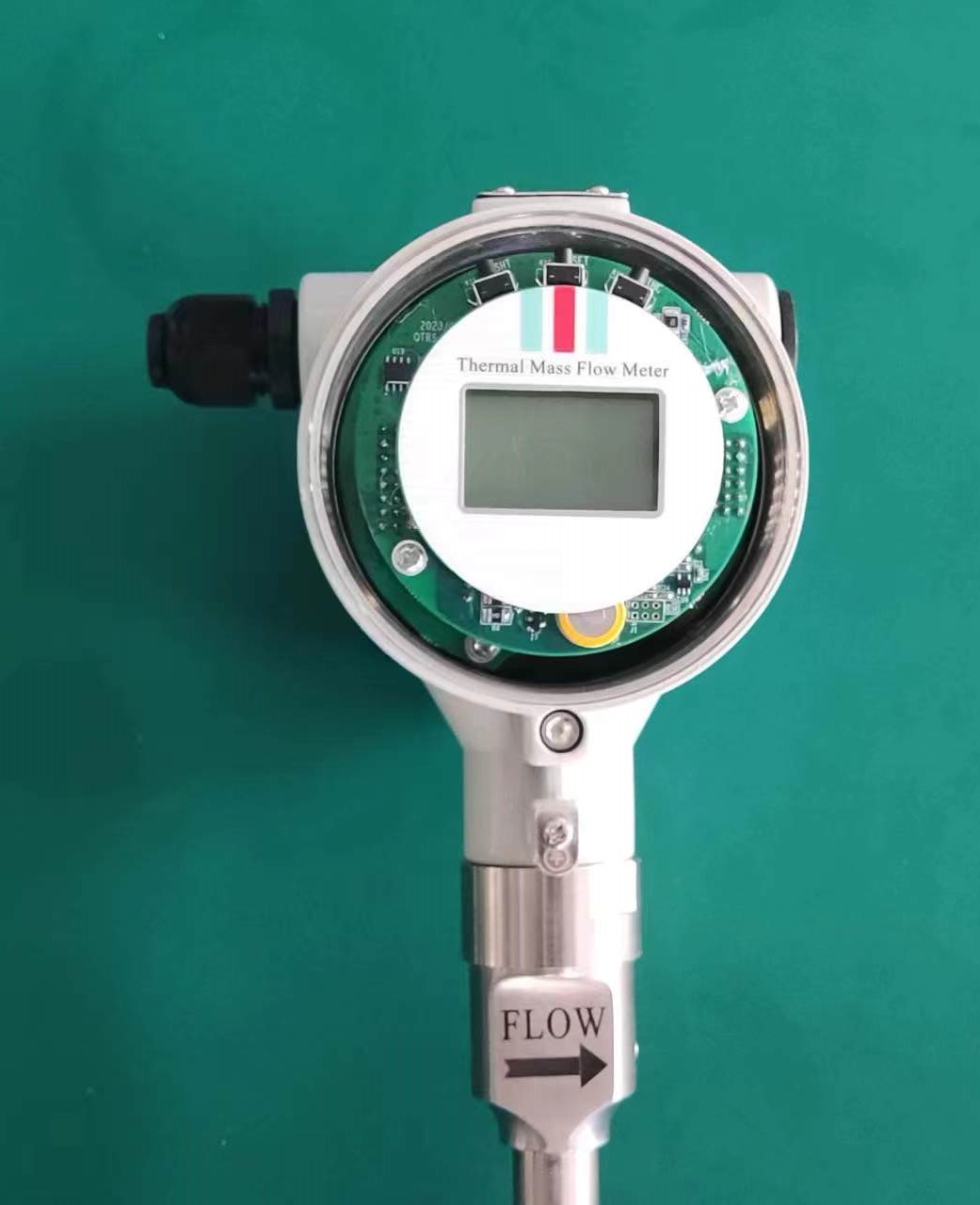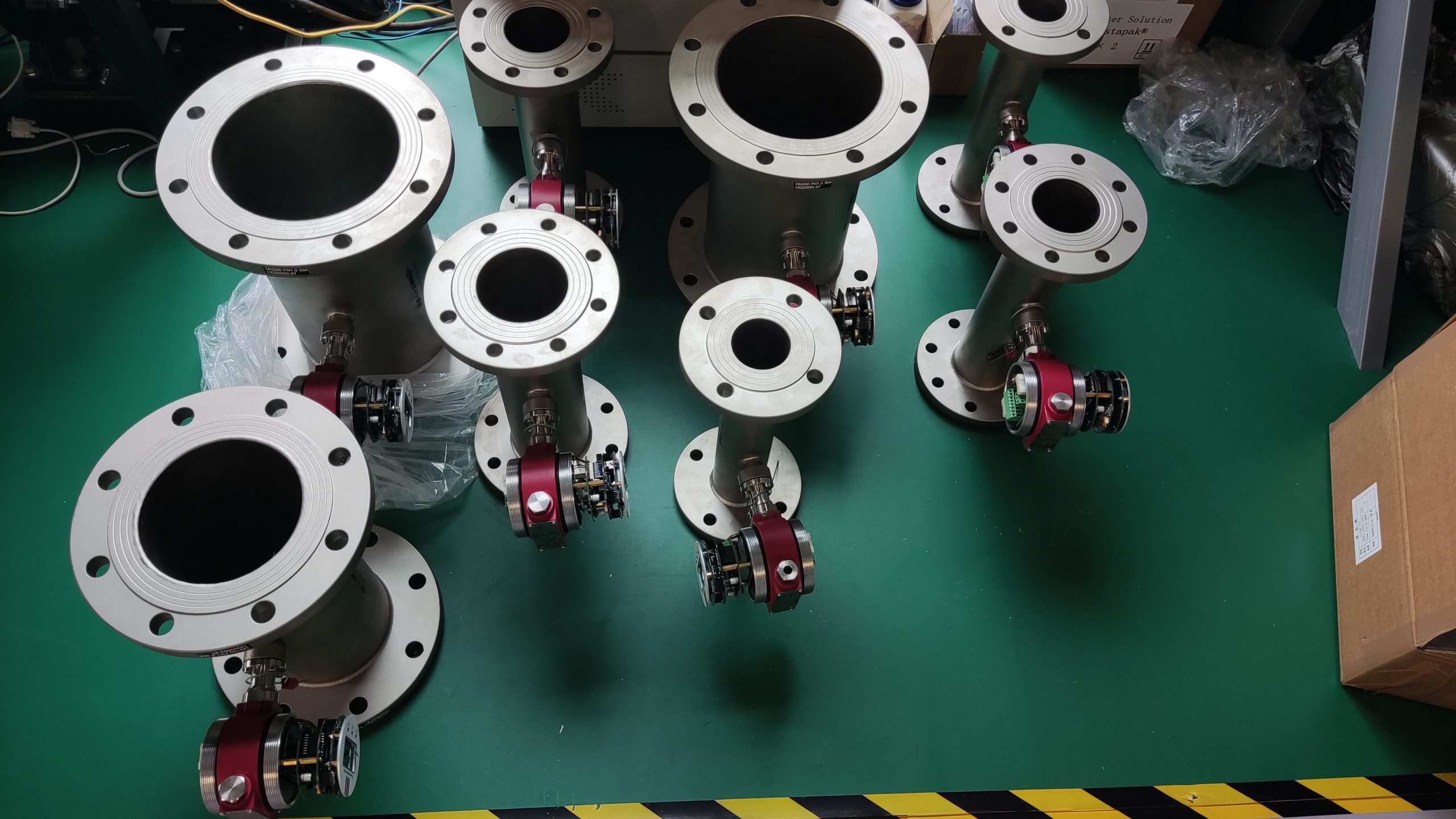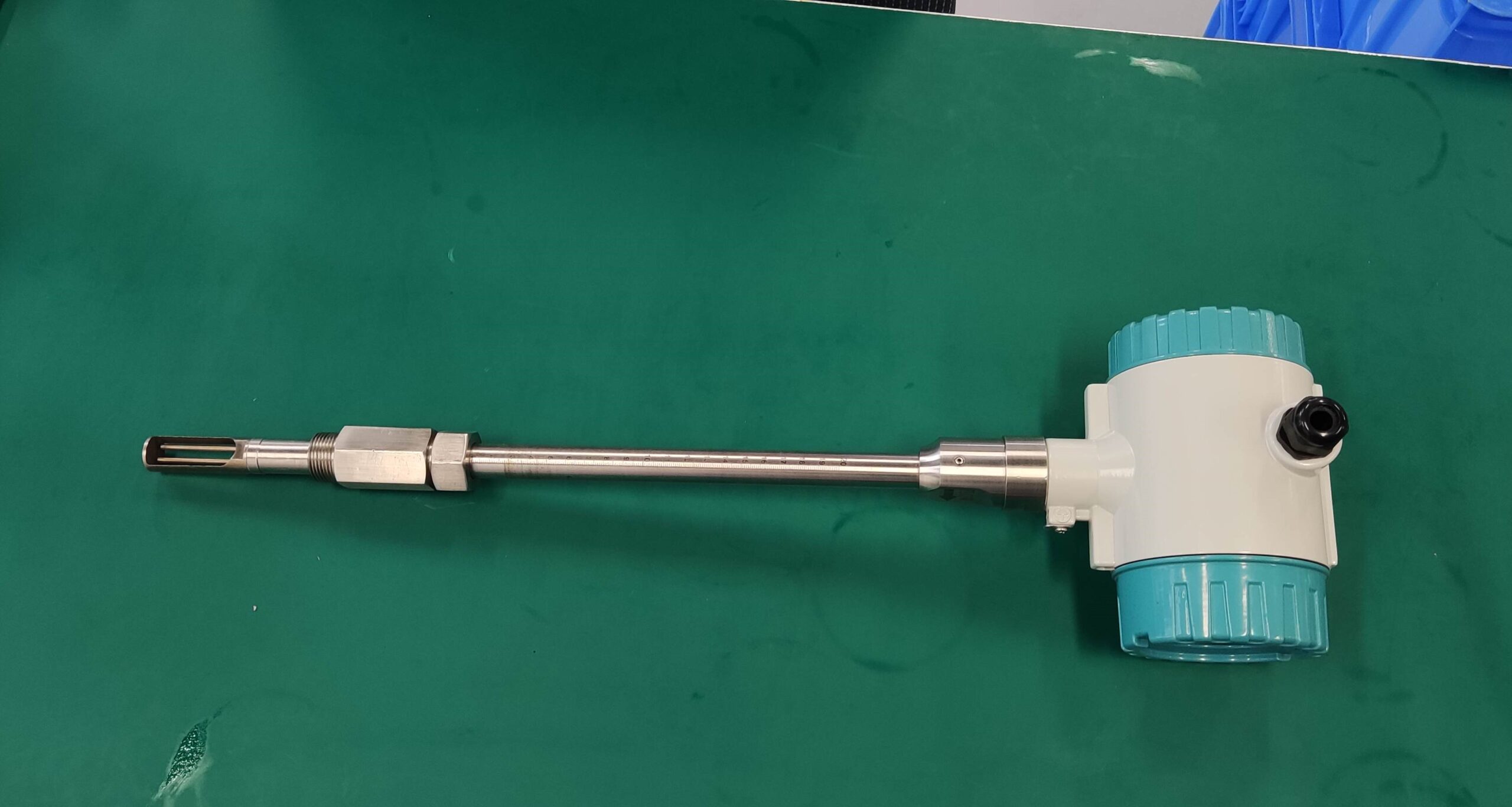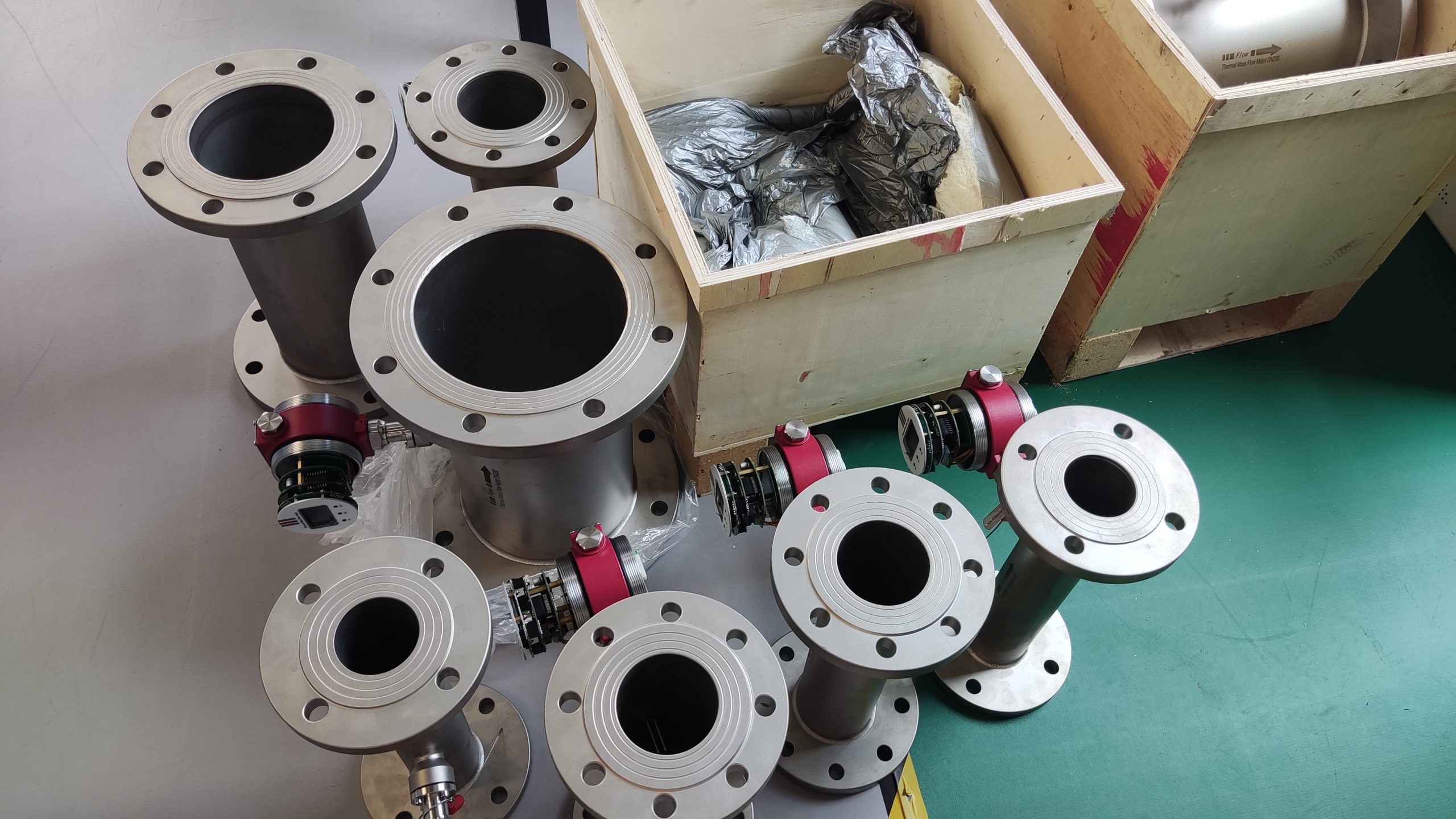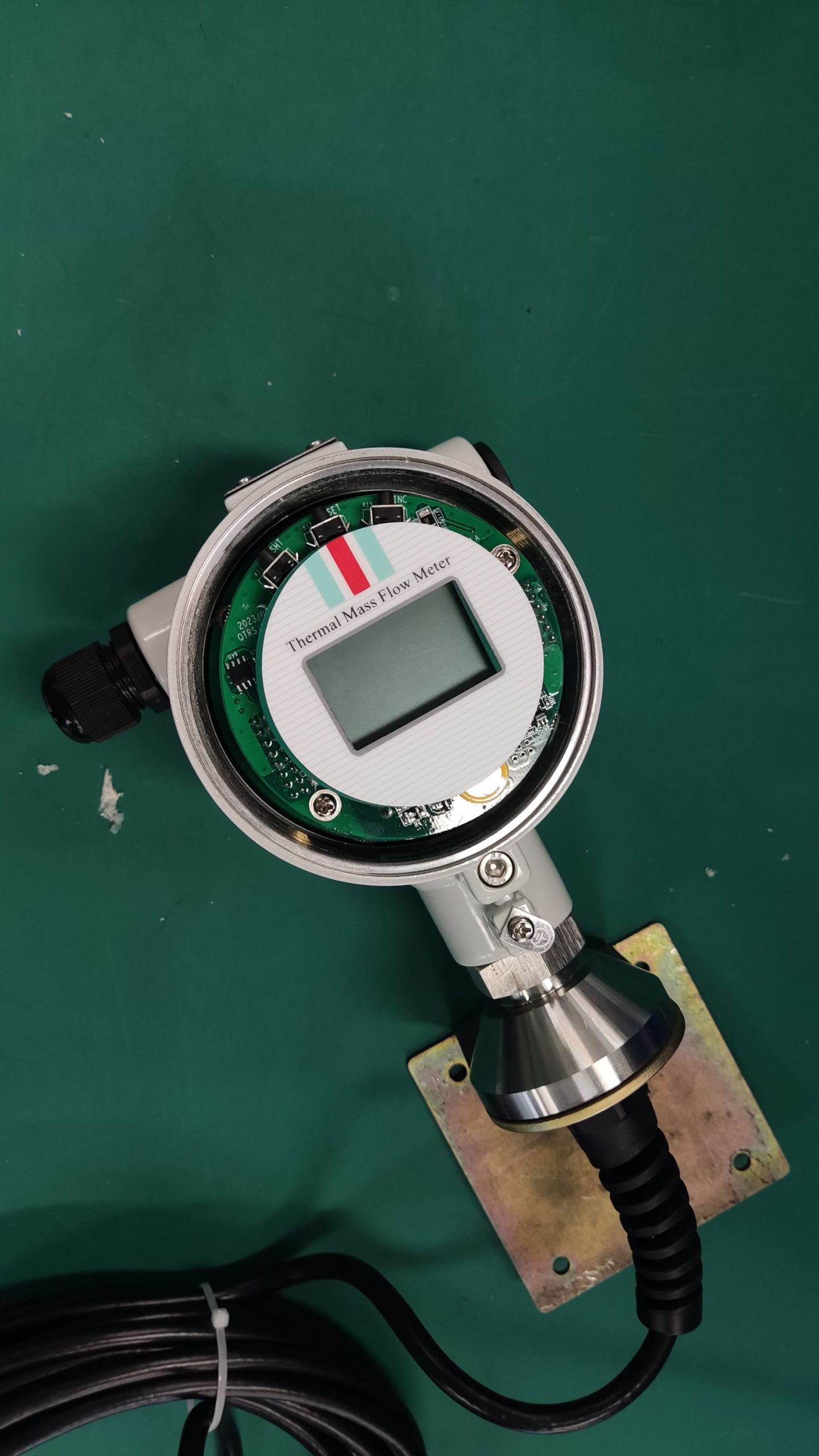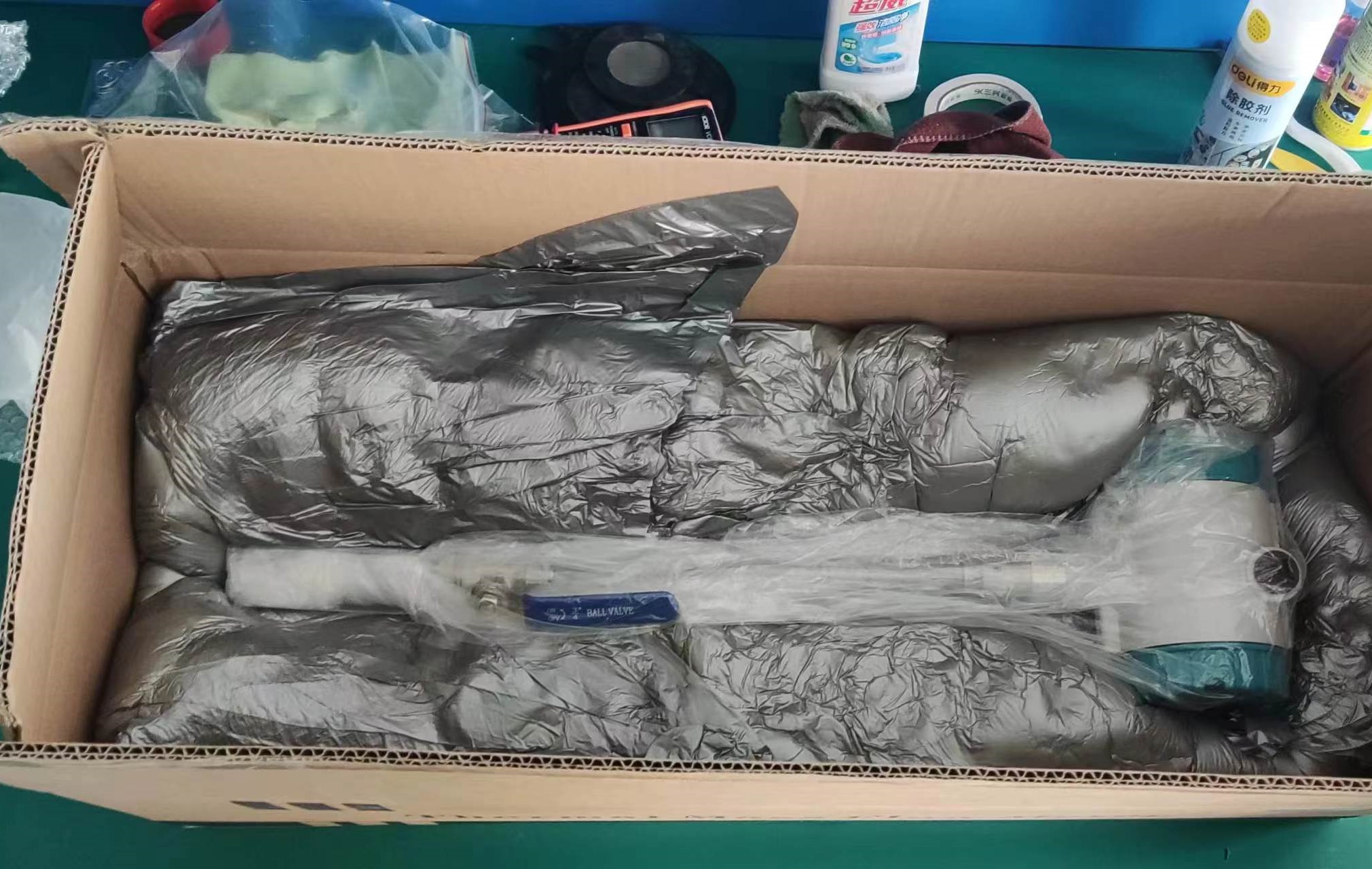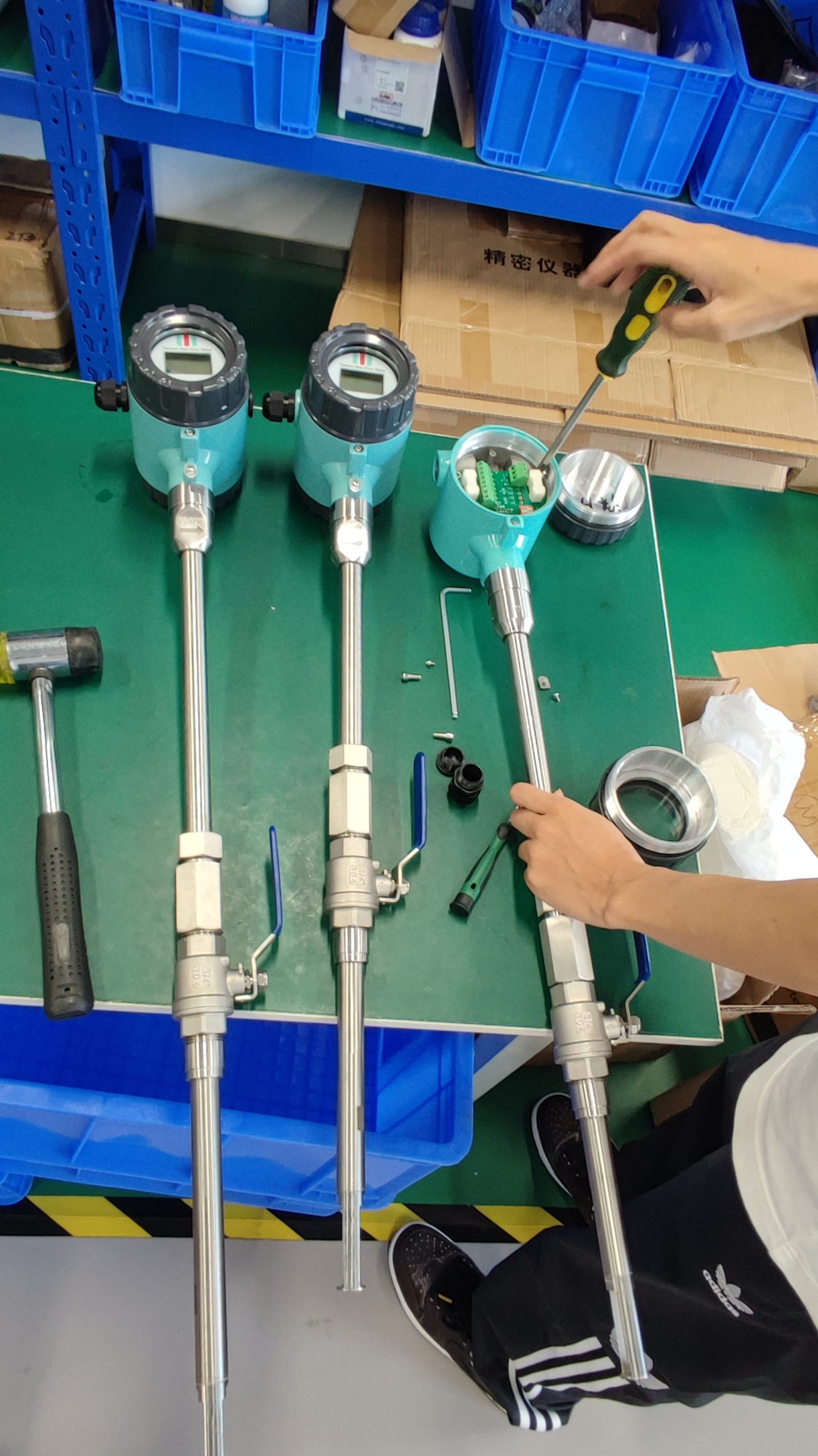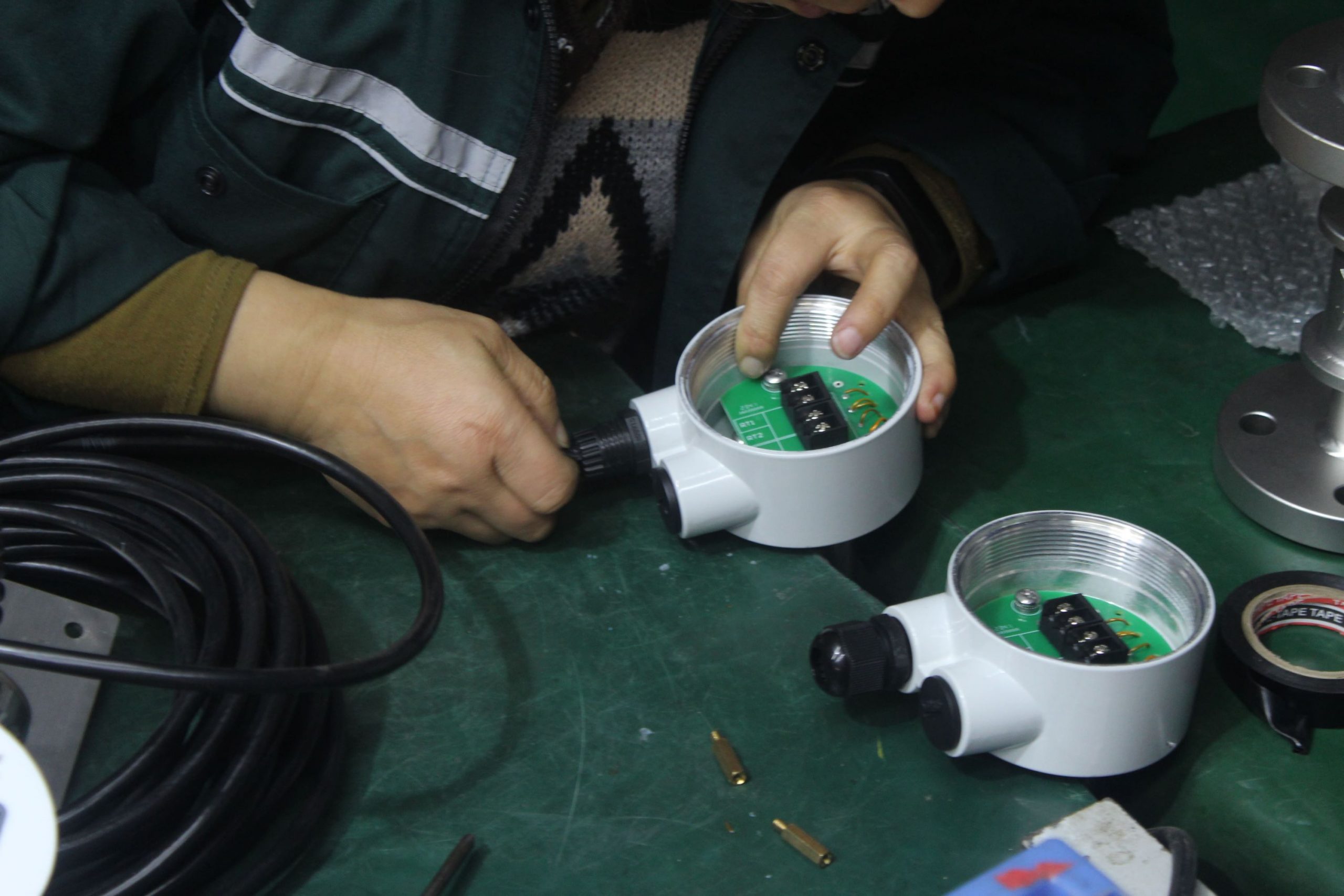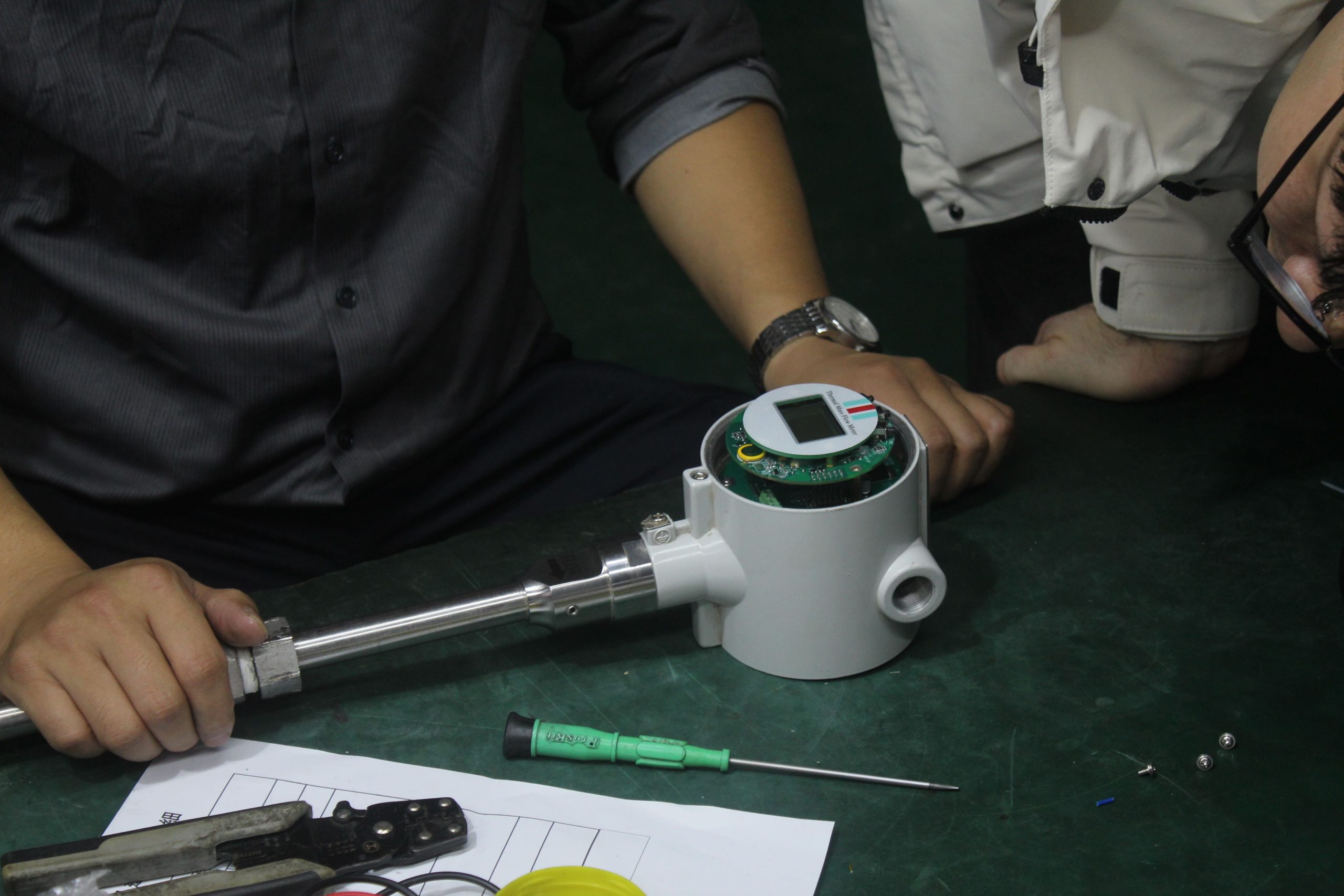Analysis of common affected factors of thermal gas mass flow meter
Thermal gas mass flowmeter is based on the principle of thermal diffusion design and production of the product is widely used in steel plants, coking plants, petroleum, chemical, thermal, medical, thermal power plants, environmental protection and other industries.
The gas mass flowmeter is a true direct mass flowmeter, and the user does not have to compensate for the pressure and temperature. The instrument has no moving parts, small pressure loss, wide range ratio, high precision, high reliability, simple installation and easy operation.
There are many factors affecting the thermal gas mass flowmeter, simply talk about the common influencing factors:
(1) Pressure
The pressure of the gas measured by the CMF used in the air filler is not less than 20MPa, and the pressure is much greater than the atmospheric pressure. The high pressure changes the internal stress of the vibrating tube, increases the equivalent stiffness of the elastic tube, increases the vibration frequency of the vibrating tube, and decreases the phase difference between the two tubes. When the gas flows through the vibration tube, there is a pressure drop, which makes the force of the vibration tube asymmetrical, which also affects the phase difference.
(2) Temperature
The operating temperature of the CMF used in the aerator is much lower than the room temperature, and the temperature effect must be considered. The change of medium temperature or ambient temperature will change the Young’s modulus of the measuring vibration tube and affect the structure of zero drift.
(3) Flow rate
The compressed gas has low density and fast flow rate, and its influence cannot be ignored. Ideally, the vibration frequency of the vibrating tube decreases when the velocity increases. Generally, the change of fluid density is small, and it can be considered that the flow rate is proportional to the mass flow rate, so the compensation of the flow rate can be transformed into the nonlinear factor of the flow rate change.
The above is an introduction to the analysis of the common affected factors of the thermal gas mass flowmeter, and I hope it can be helpful to you.

